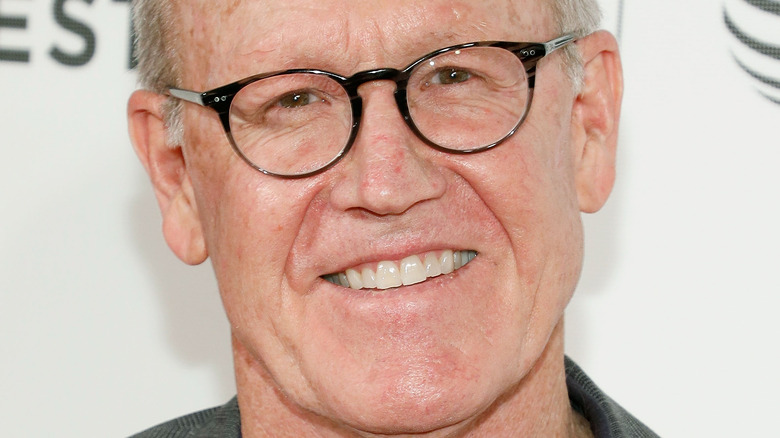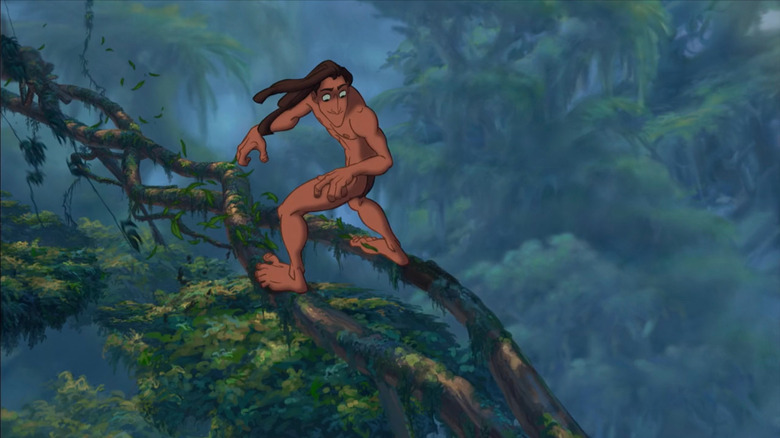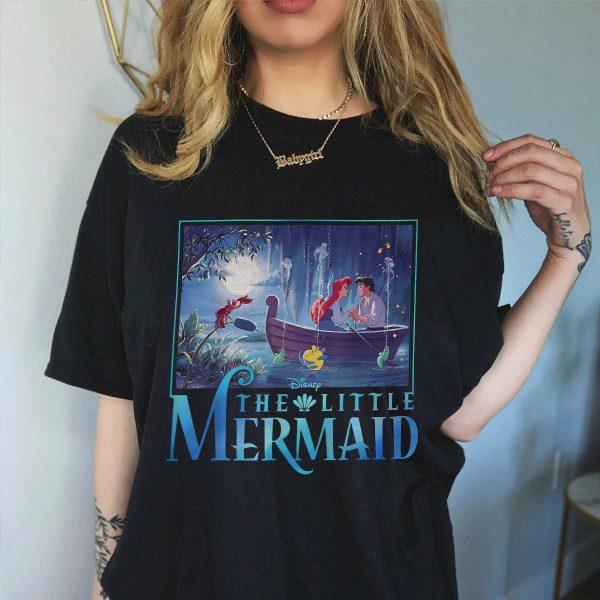Disney
Animator Glen Keane drew inspiration from his son for creating the athletic Disney character Tarzan

Glen Keane’s artistic genius played a pivotal role in the reinvigoration of Walt Disney Animation Studios during a challenging era. His entry into Disney’s ranks occurred during the 1970s, a period often referred to as the studio’s “Dark Age,” characterized by a struggle to capture the audience’s attention following the demise of Walt Disney himself in 1966. Keane’s journey began with learning under the guidance of Disney’s seasoned animators, and his contributions were felt in movies like “Pete’s Dragon,” “The Rescuers,” and “The Fox and the Hound” (via D23). However, it was his role as supervising animator for Ariel in “The Little Mermaid” that truly showcased his skills and marked the beginning of his influential career trajectory.
The Disney Renaissance of the 1990s witnessed Keane’s artistic prowess shaping several iconic characters. From the enigmatic Beast in “Beauty and the Beast” to the charismatic leads in “Aladdin” and the title character in “Pocahontas,” Keane demonstrated his willingness to tackle complex characters characterized by both intricate designs and rich personalities.
Among Keane’s remarkable achievements was his pivotal role as the supervising animator for the 1999 film adaptation of “Tarzan.” Based on Edgar Rice Burroughs’ early 20th-century tale of a man raised by gorillas who falls in love with the daughter of an explorer, Disney’s take on “Tarzan” injected a fresh perspective into the timeless story, an interpretation that endures to this day. Keane’s approach to animating Tarzan was nothing short of innovative.

His inspiration came from an unexpected source: his son, Max, who happened to be an enthusiast of extreme sports, and renowned skateboarder Tony Hawk. Keane envisioned Tarzan as an extreme sports enthusiast himself, giving the character a distinct and exhilarating movement style. In an interview with D23, Keane elaborated on this approach, stating, “Burroughs describes a Tarzan that is like a wild man, somebody that the adrenaline had to be pumping through, and I thought, he’s an extreme sports guy. What if he’s a tree surfer instead of swinging on the vines?”
Keane’s creative decision resonated deeply, not only with audiences but also with the Burroughs family. Danton Burroughs, grandson of Edgar Rice Burroughs, expressed his enthusiasm for the portrayal, emphasizing how Keane’s depiction captured the essence of his grandfather’s original vision. He marveled at how the scenes in the Disney film aligned with the vivid descriptions in his grandfather’s books, particularly Tarzan’s dynamic and uninhibited movements through the jungle. This authenticity of portrayal was deeply satisfying to the Burroughs family, and Danton Burroughs applauded Keane’s success in capturing the essence of Tarzan’s character as originally envisioned.
Keane’s exceptional work on “Tarzan” earned him deserved recognition. He received his second Annie Award nomination for his contributions to the film, a testament to the impact of his creativity and skill in bringing animated characters to life. Through his dedication and innovative vision, Glen Keane’s legacy has left an indelible mark on the world of animation and continues to inspire both fellow animators and audiences around the globe.
We bring out some of the most well-known Disney collection, all of which are available at reasonable costs. Visit our link now if you are interested in the Disney collection


Mickey Mouse, Minnie Mouse, Donald Duck, Goofy, Pluto
